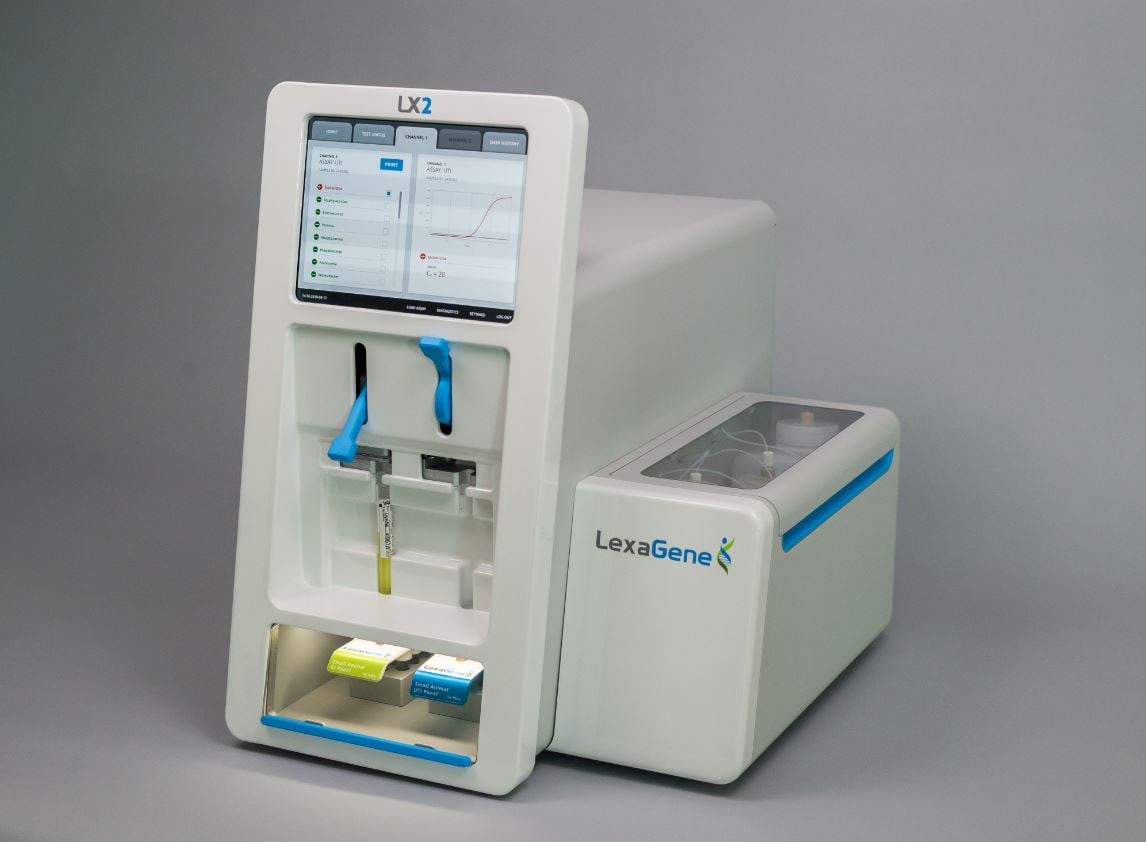A recently published scientific review has estimated that around 2.4m cases of foodborne illness occur every year in the UK, which is up from the 2009 estimate of approximately one million.
The Food Standards Agency (FSA) has also published a five-year study investigating the extent of norovirus in food.
According to the agency’s findings, an estimated 380,000 cases of norovirus linked to food occur in the UK per year.
Looking at the different transmission pathways of norovirus in the food sector, the FSA found that eating out accounts for an estimated 37% of all foodborne norovirus cases. Takeaway food accounts of an estimated 26%, raspberries sold in retail account for 4%, and oysters sold in retail account for 3%.
A new estimate
The FSA stressed that these new figures do not indicate an increase in total illness. Rather, the research provides a ‘better estimation’ of the proportion of infectious disease that is due to food.
“The overall estimate for this type of illness, from all sources, remains the same, at around 18m cases each year in the UK,” noted the agency.
Norovirus, otherwise known as the ‘winter vomiting bus’, is a stomach bug that causes vomiting and diarrhoea. According to the UK National Health Service, it usually goes away in about two days.
According to Professor Sarah J. O’Brien, who led the five-year Norovirus Attribution Study (NoVAS), estimating the contribution of norovirus to the burden of UK foodborne disease has historically been ‘particularly difficult’.
“This is largely due to people not attending doctors’ surgeries when they are unwell with symptoms of the winter vomiting bug. And while helpful in preventing the spread of the virus and alleviating the strain on healthcare settings, it does mean that crucial information about the virus cannot be collected.
“This is why the development of the first risk assessment of this type for the UK is particularly significant.”
Calculating the norovirus risk
This latest research has also helped the FSA better understand disease risks associated with consuming particular food items.
Open-headed lettuce, for example, was found to account for 30% of foodborne cases. However, when this figure is compared against the ‘huge volume’ consumed, the agency concluded the risk remains low – “equivalent to an average of getting ill once every 15,000 meals containing open-headed lettuce are eaten”.
The risk for raspberries was found to equate to a norovirus infection once every 12,500 portions.
Oysters accounted for just 3% of the total cases, however the agency said they pose the highest risk per serving – an average of getting ill once every 160 portions.
'We are not changing our advice to consumers and businesses,” noted Chief Scientific Advisor to the FSA, Professor Guy Poppy.
“Instead this research reinforces the need for the highest standards of good personal and food hygiene practices in catering establishments and at home to avoid infection."




